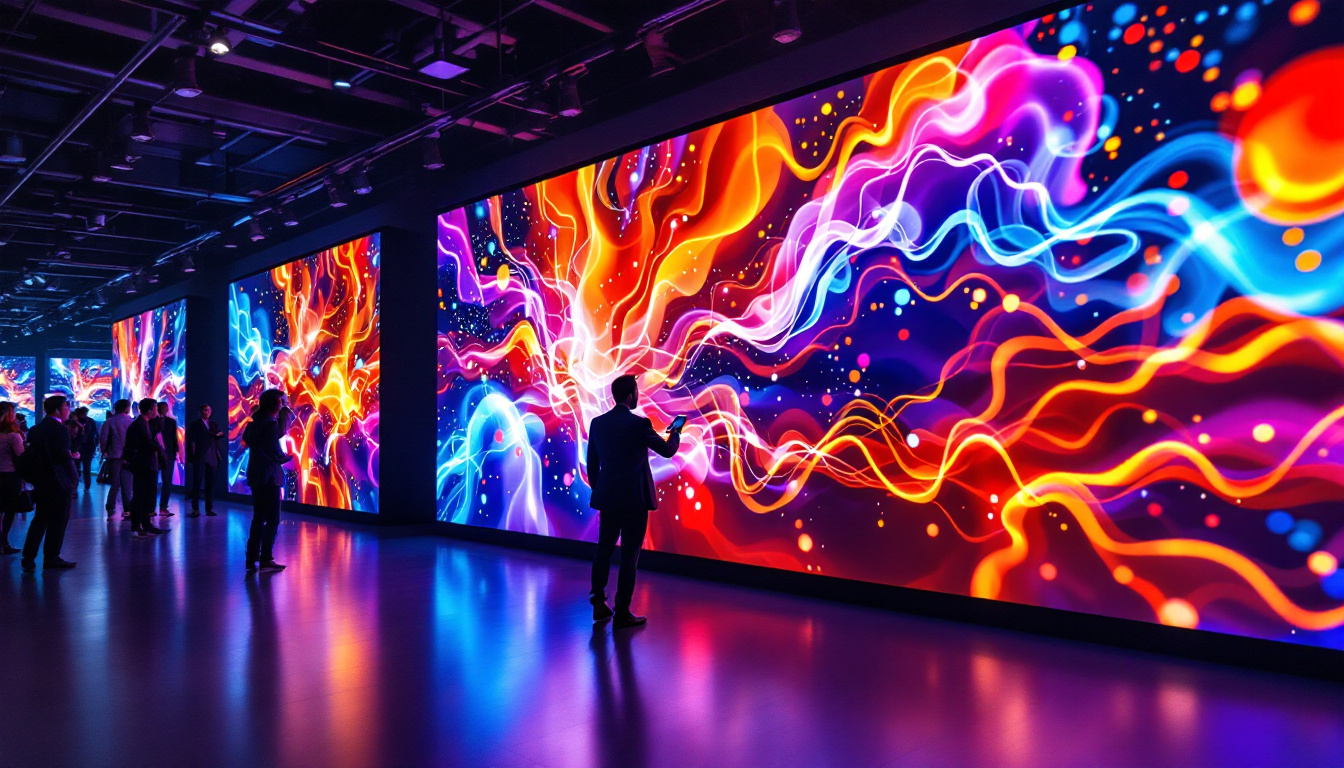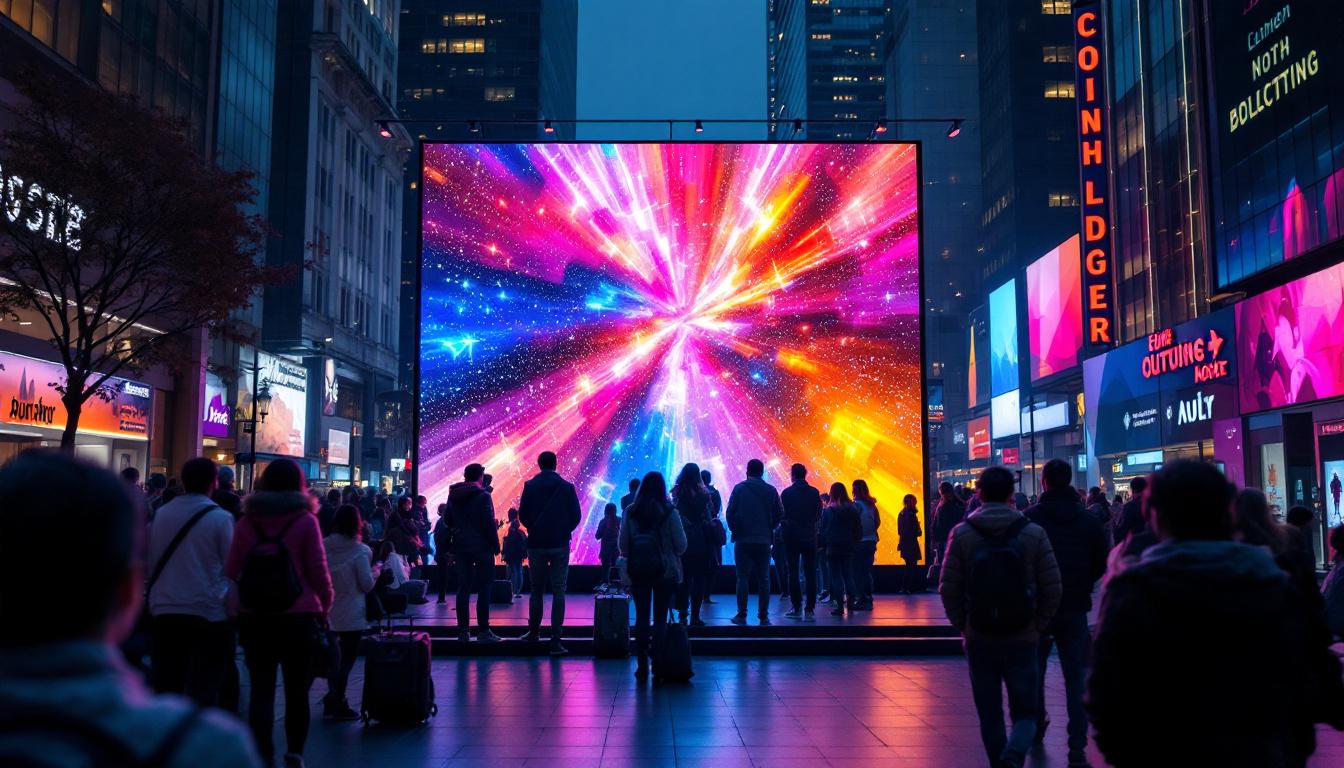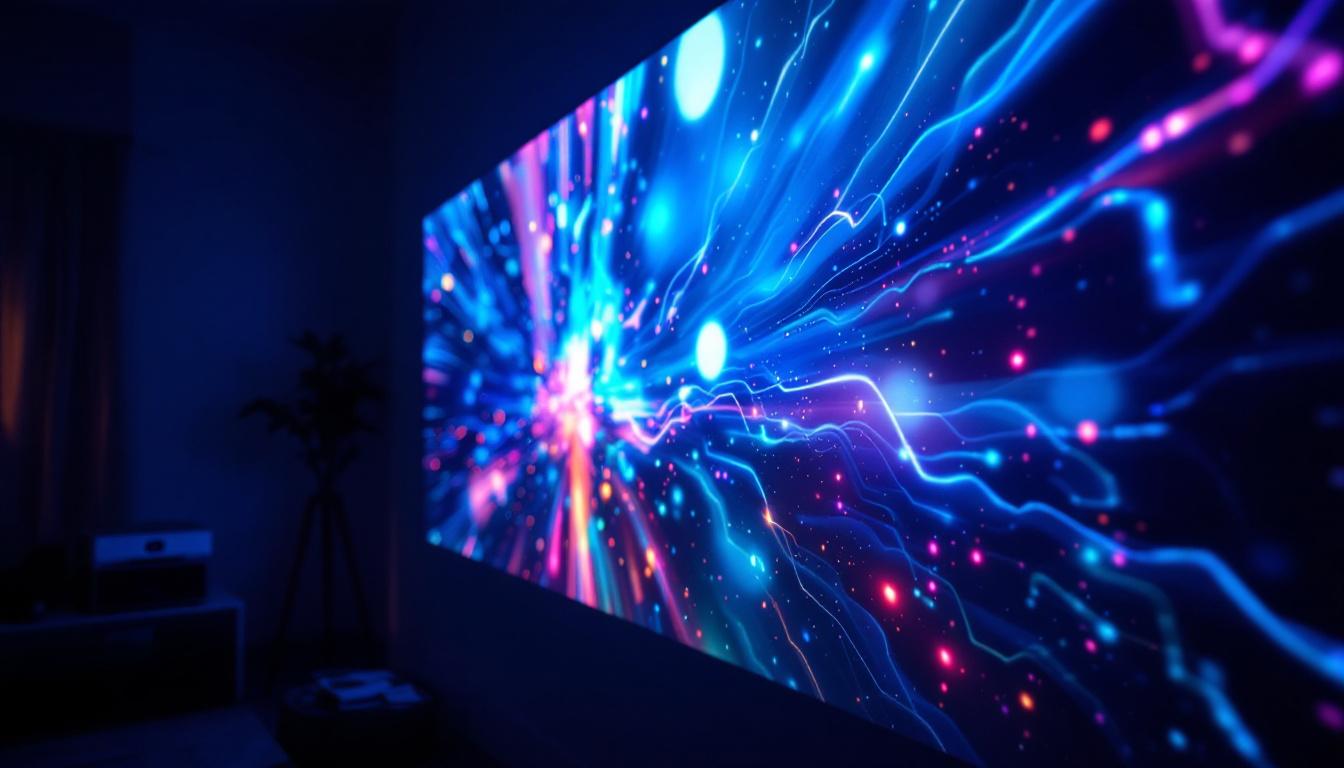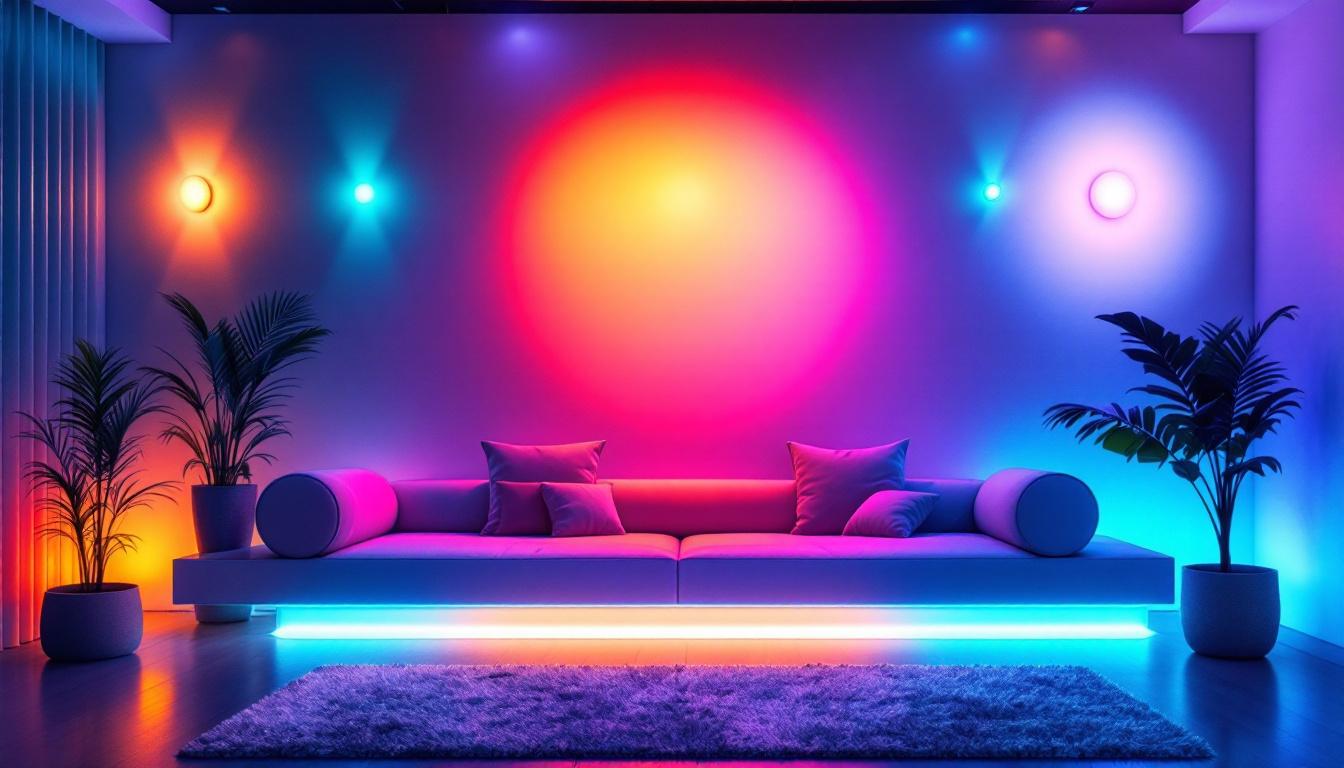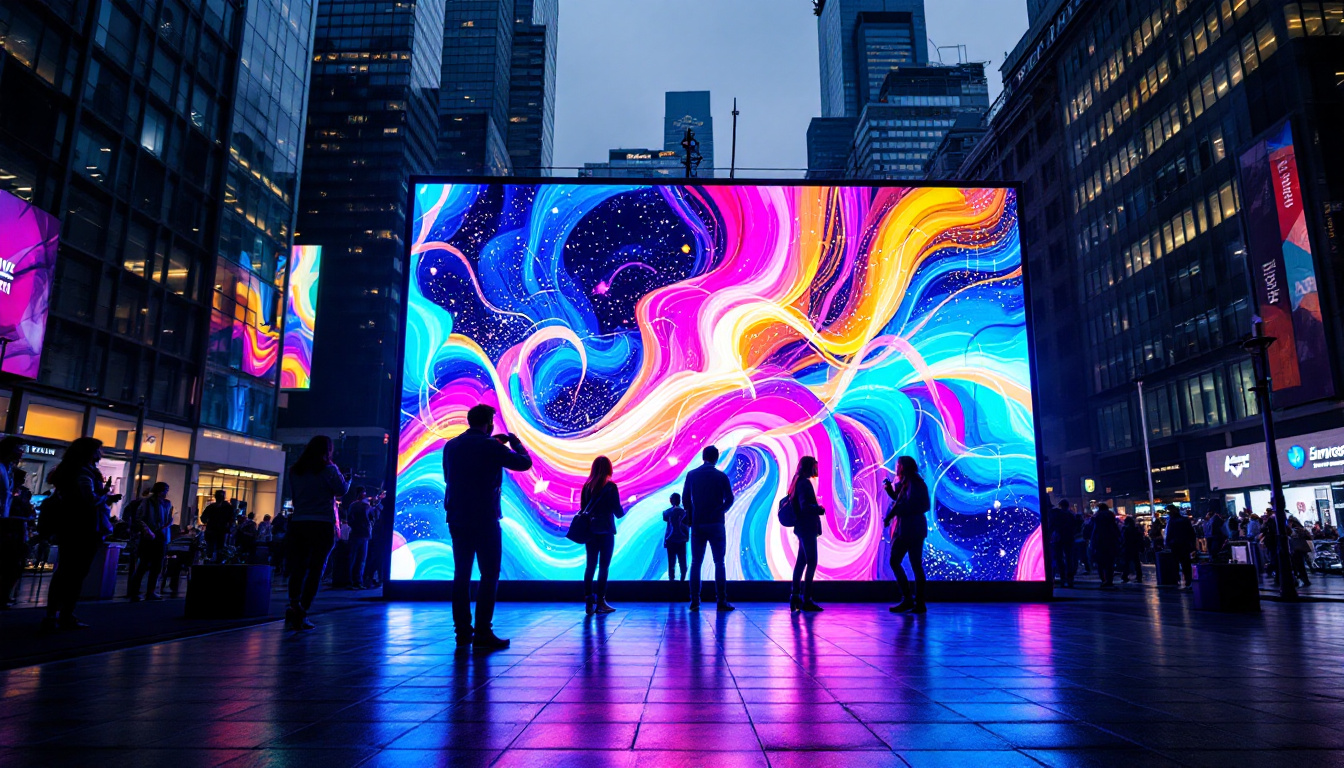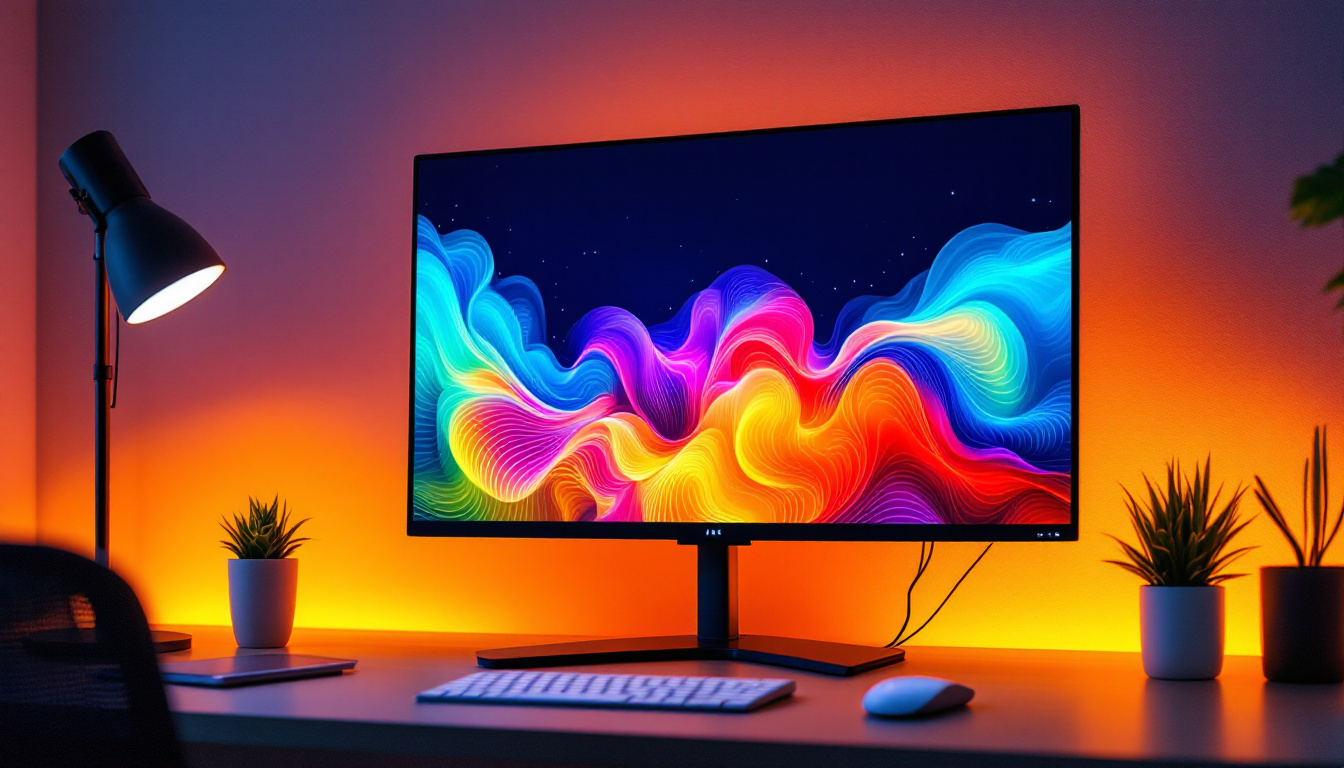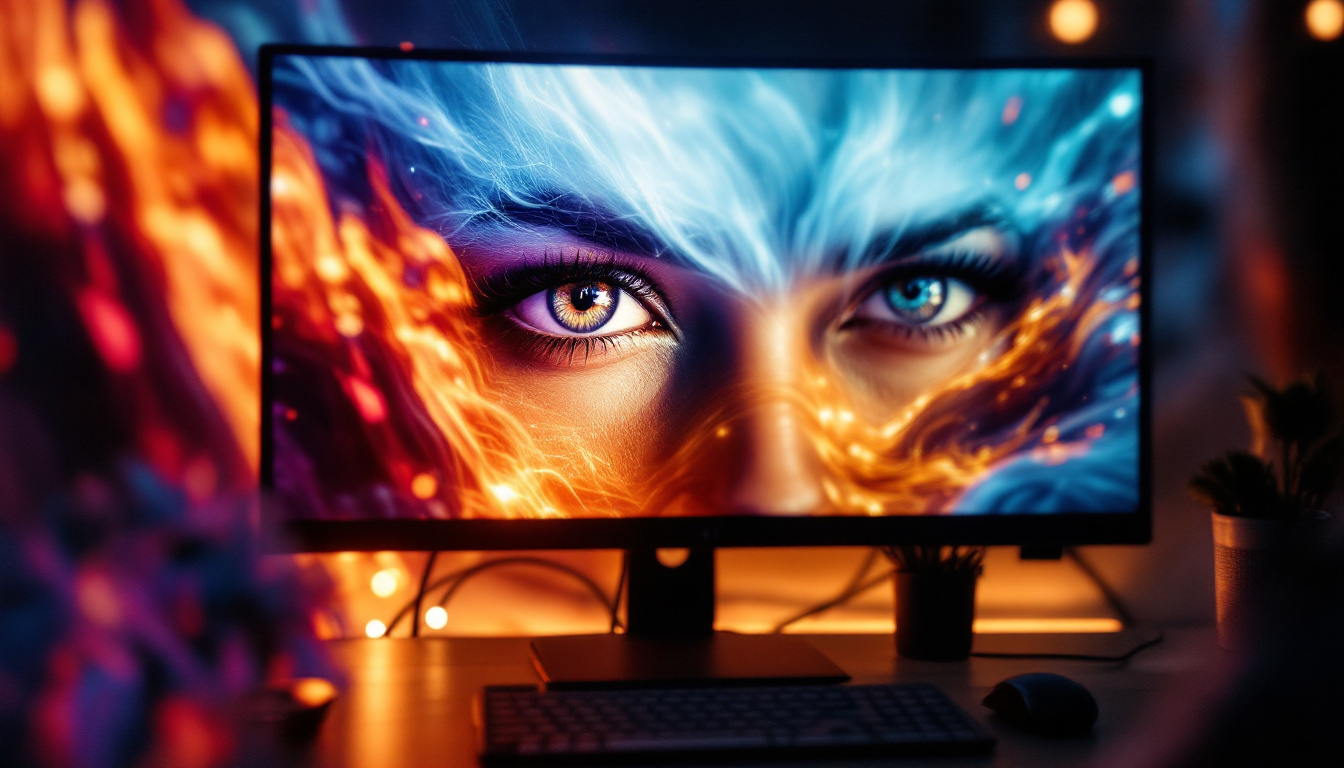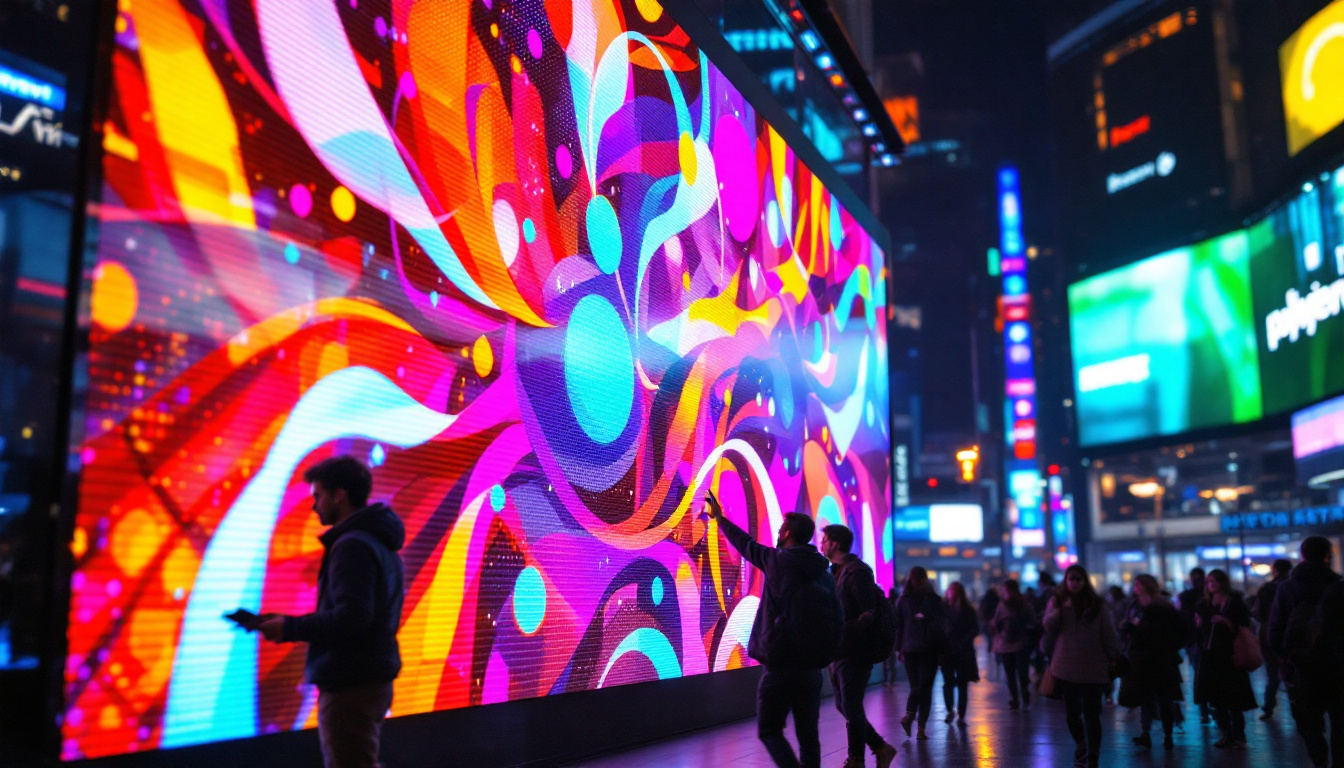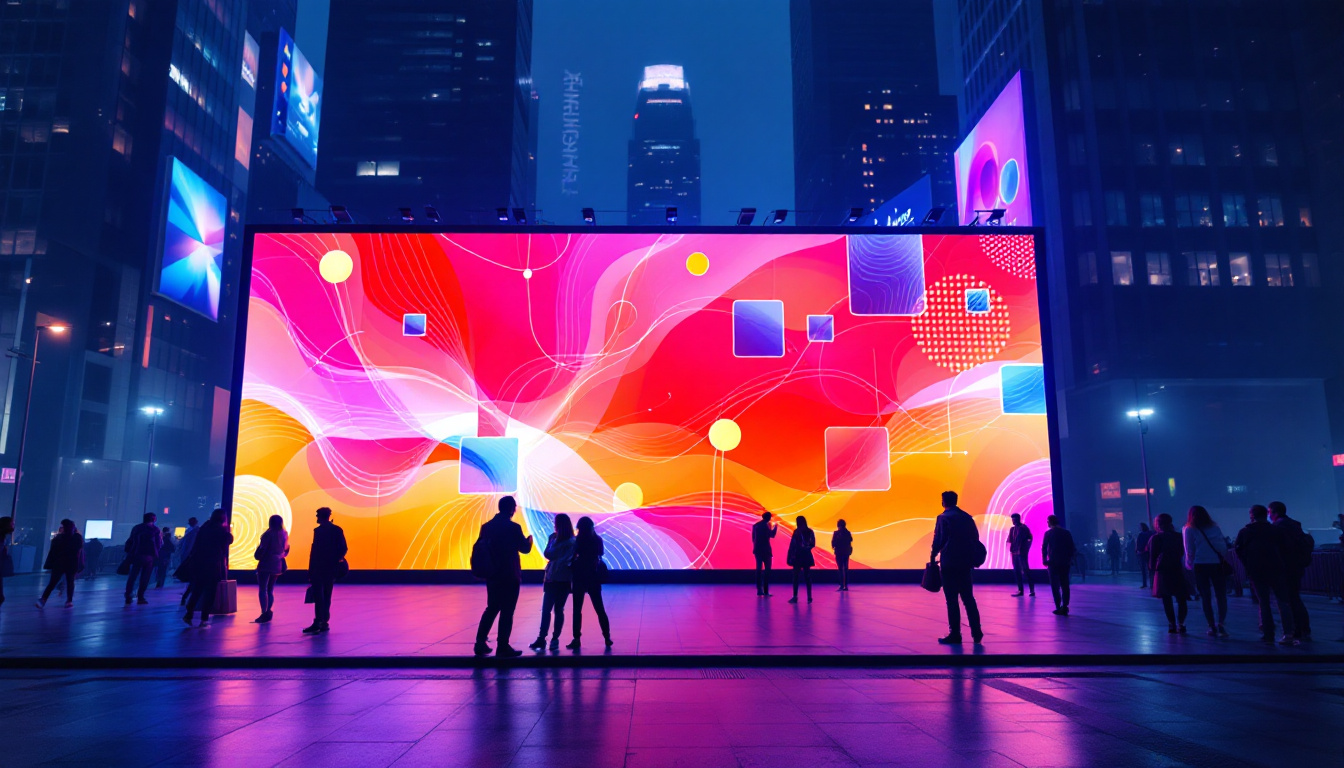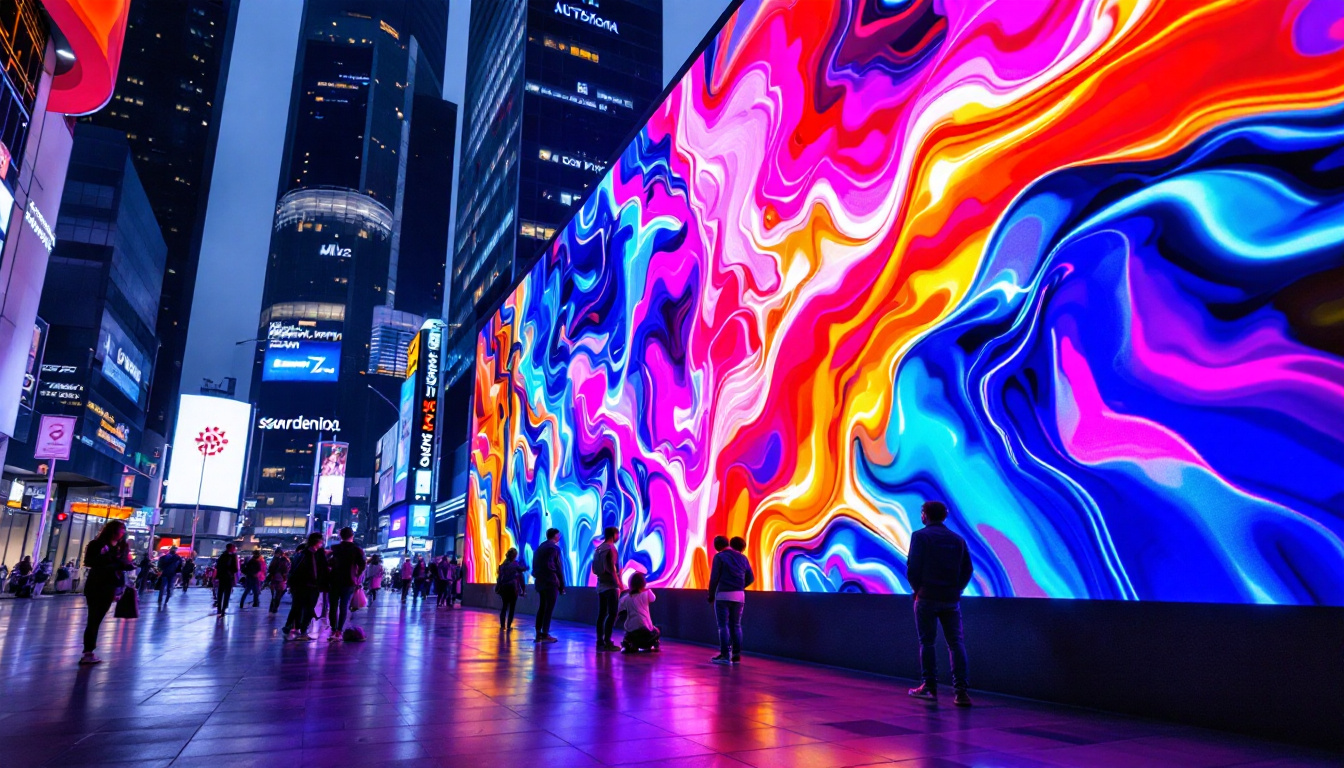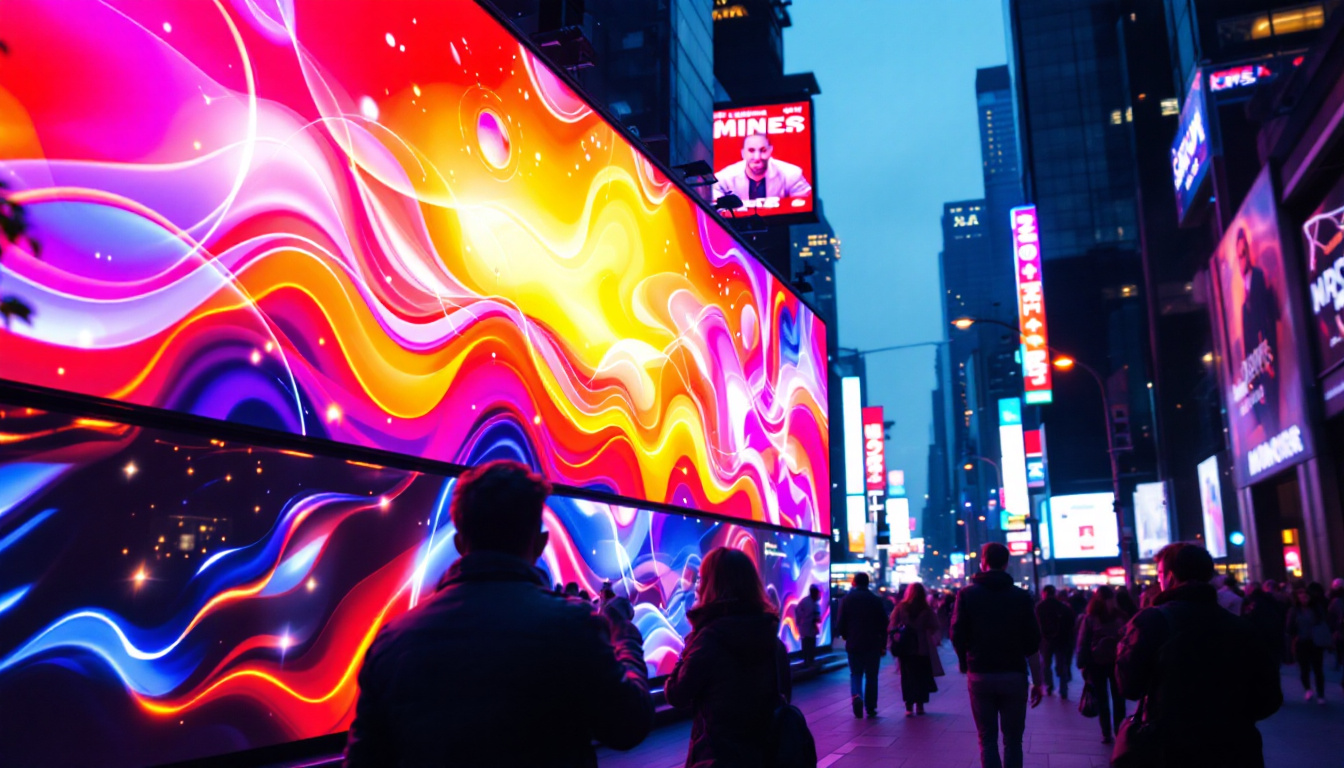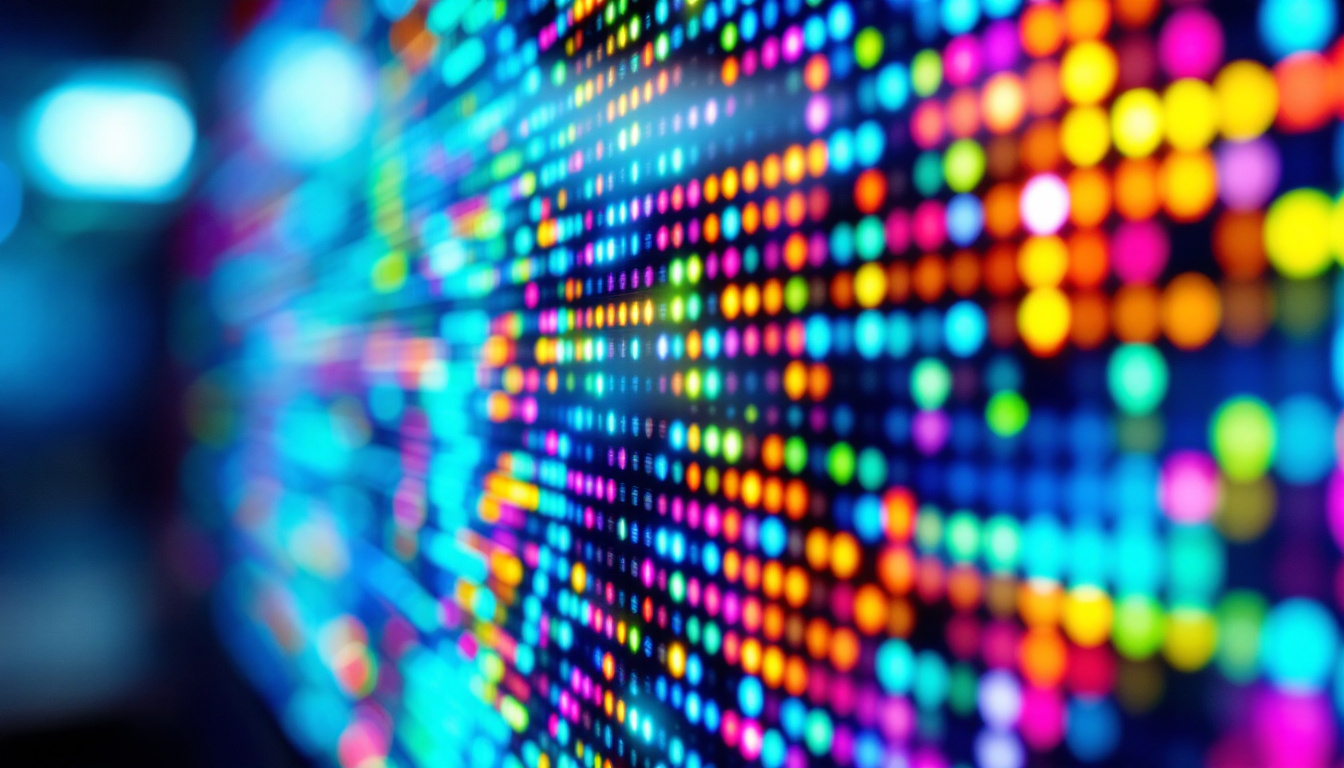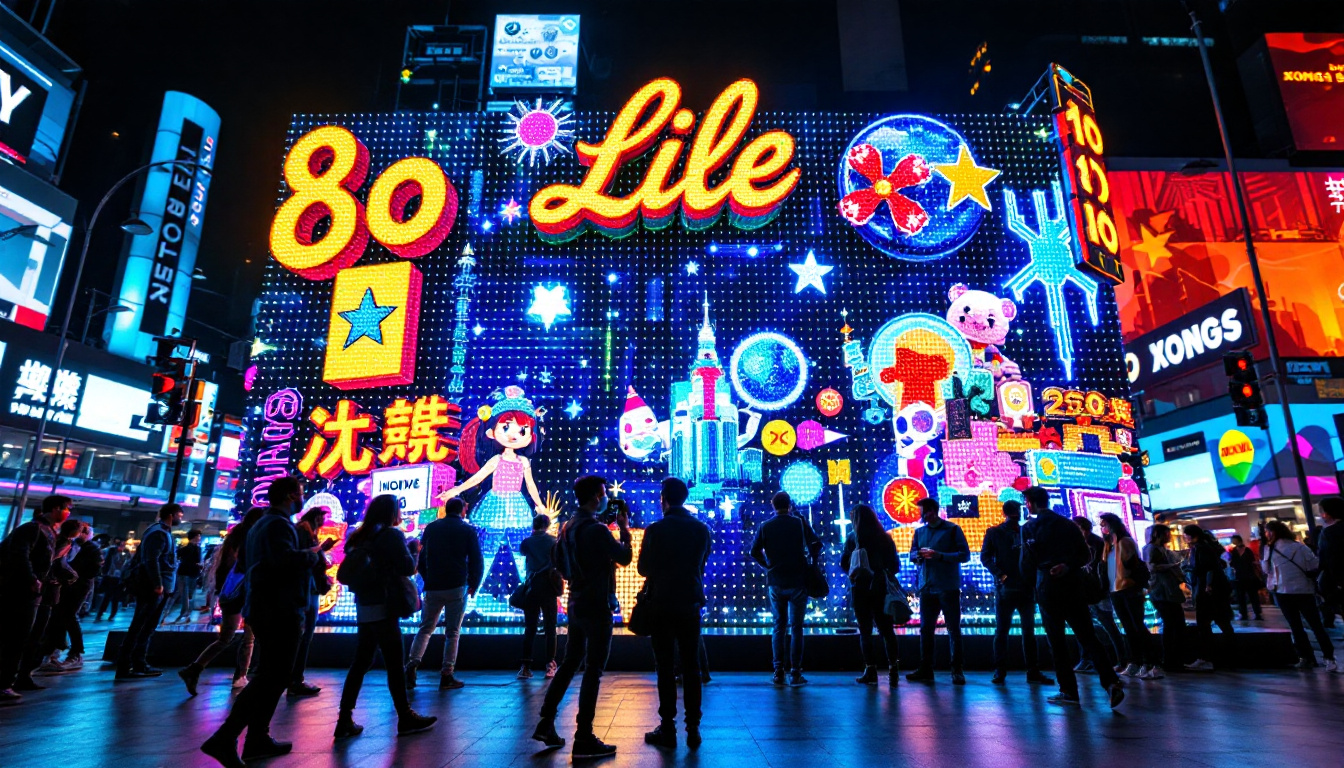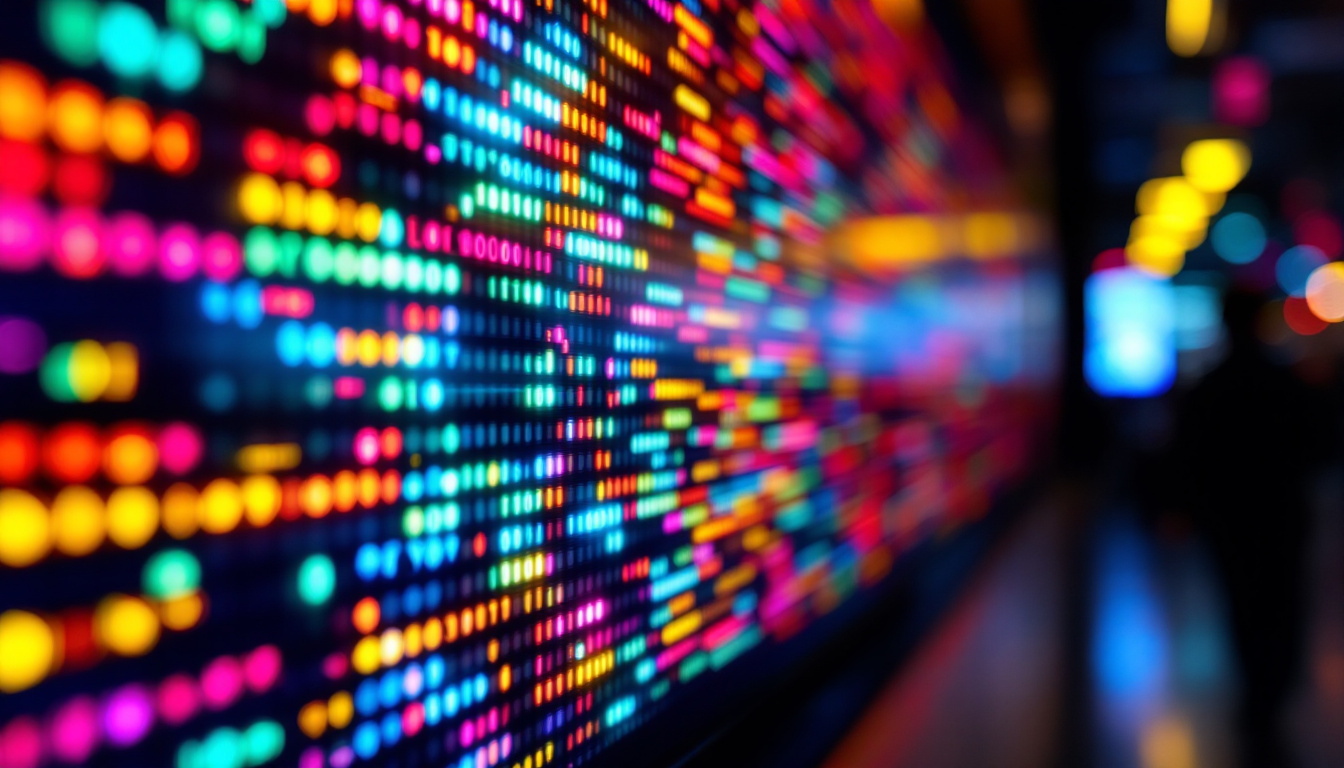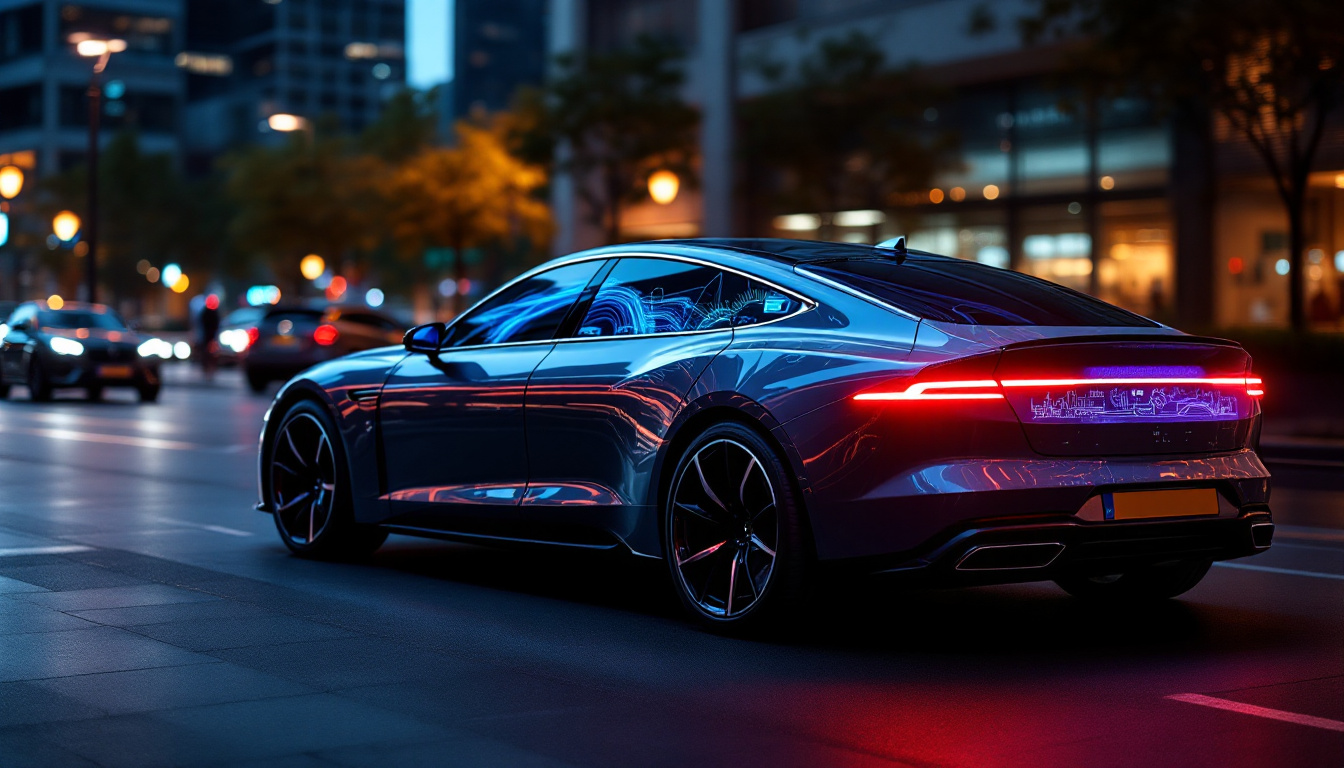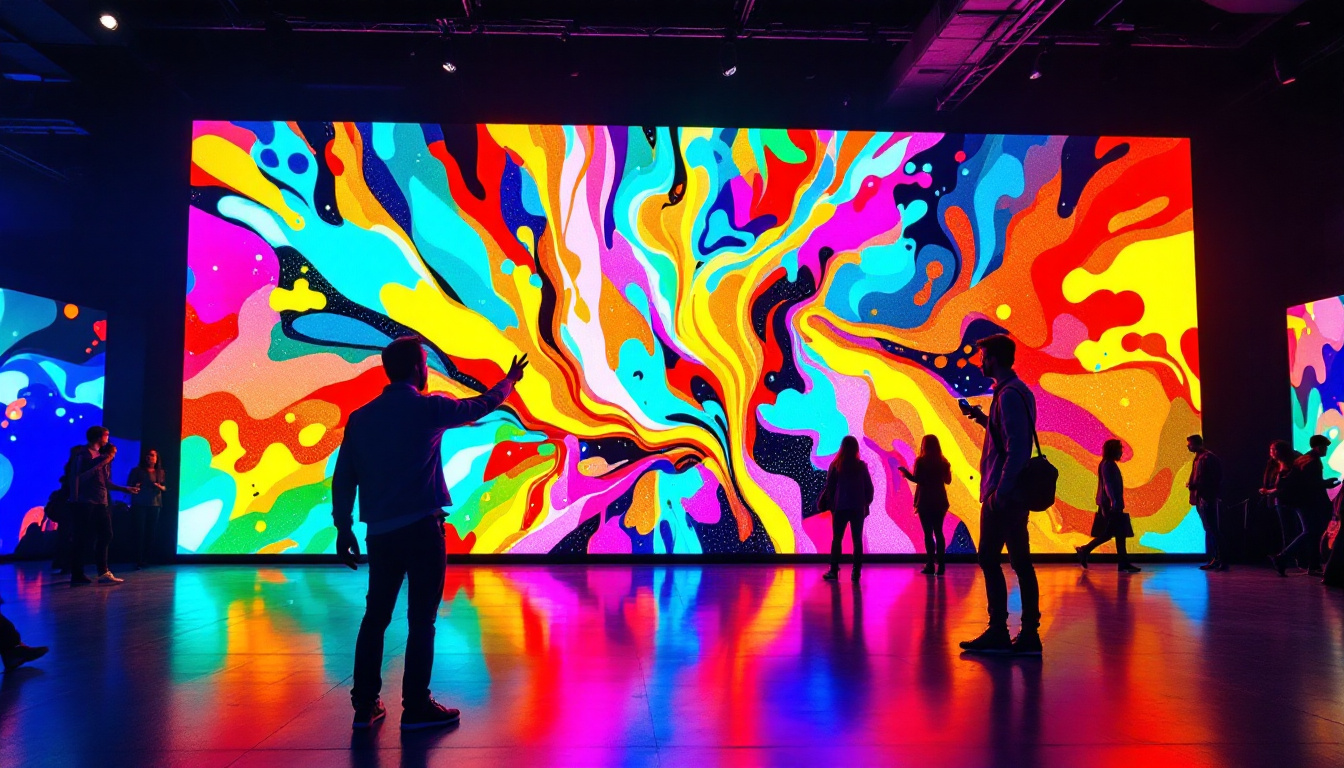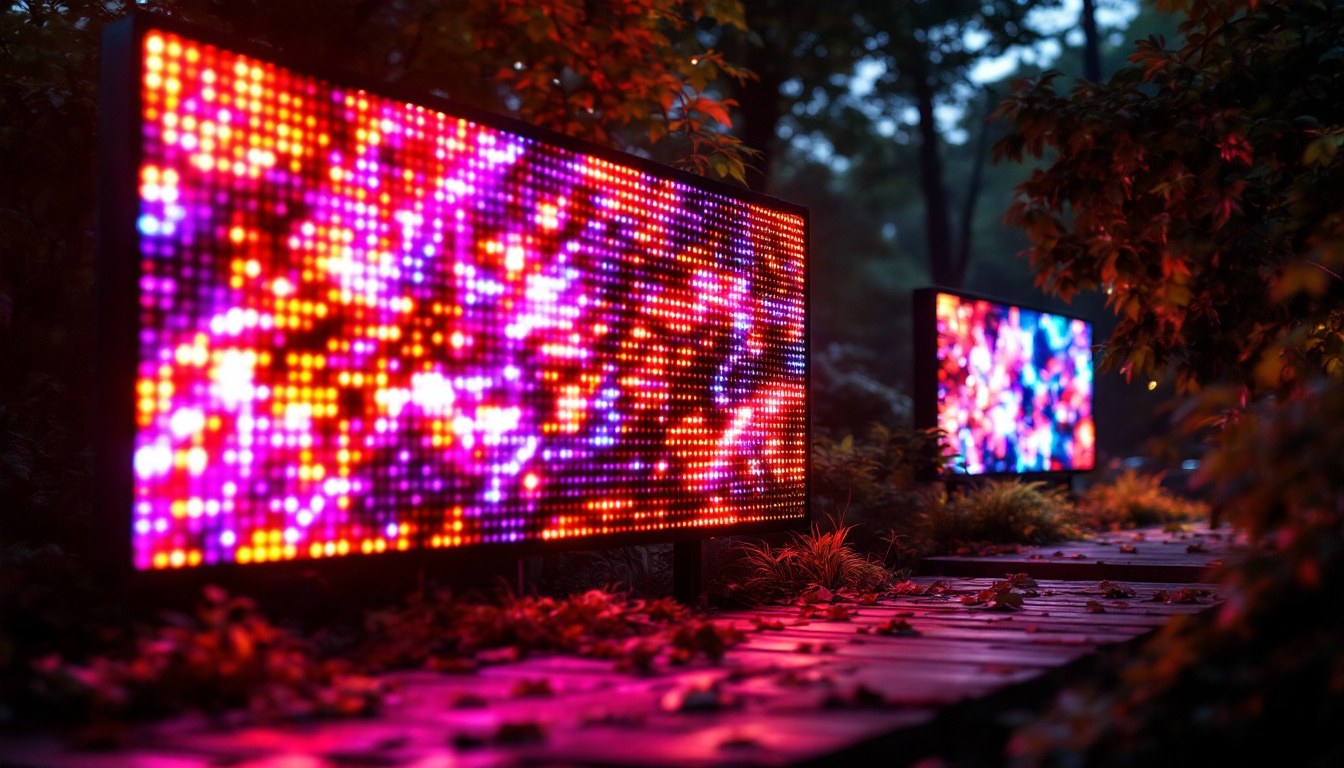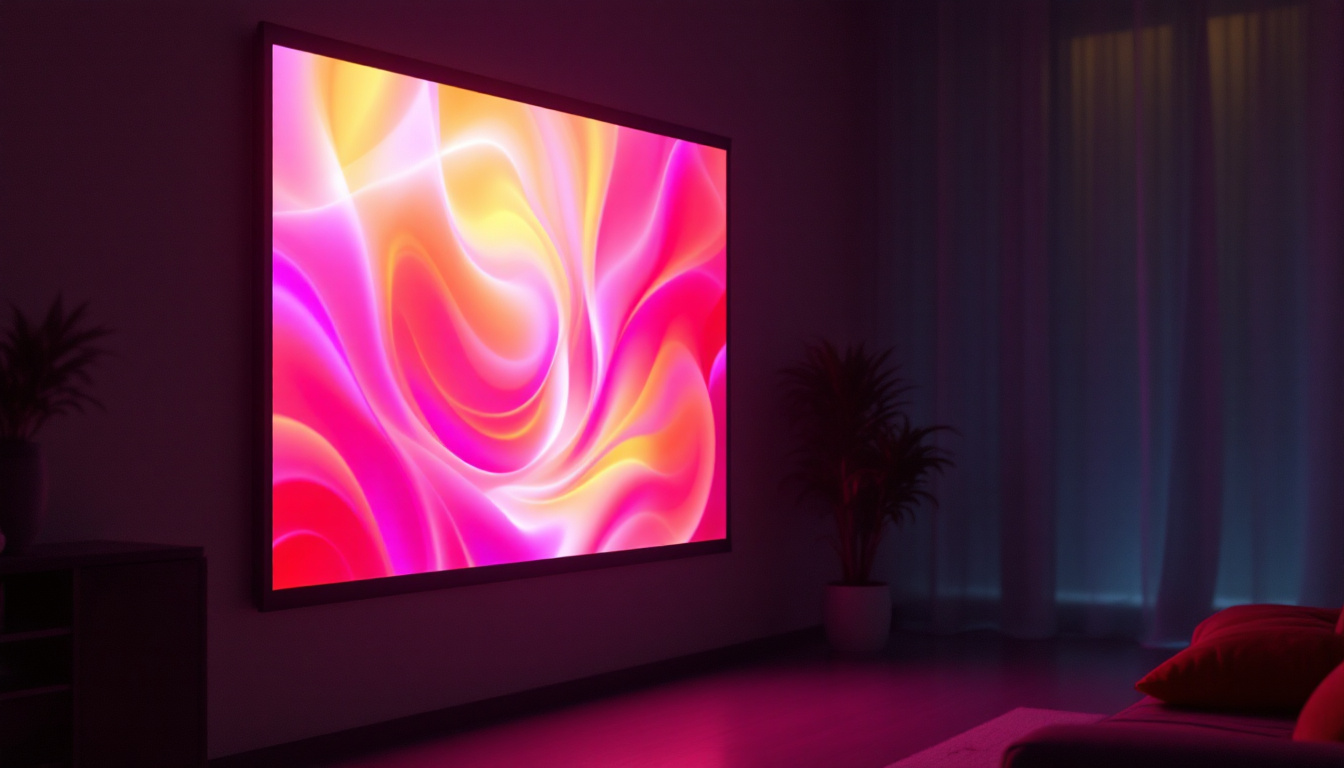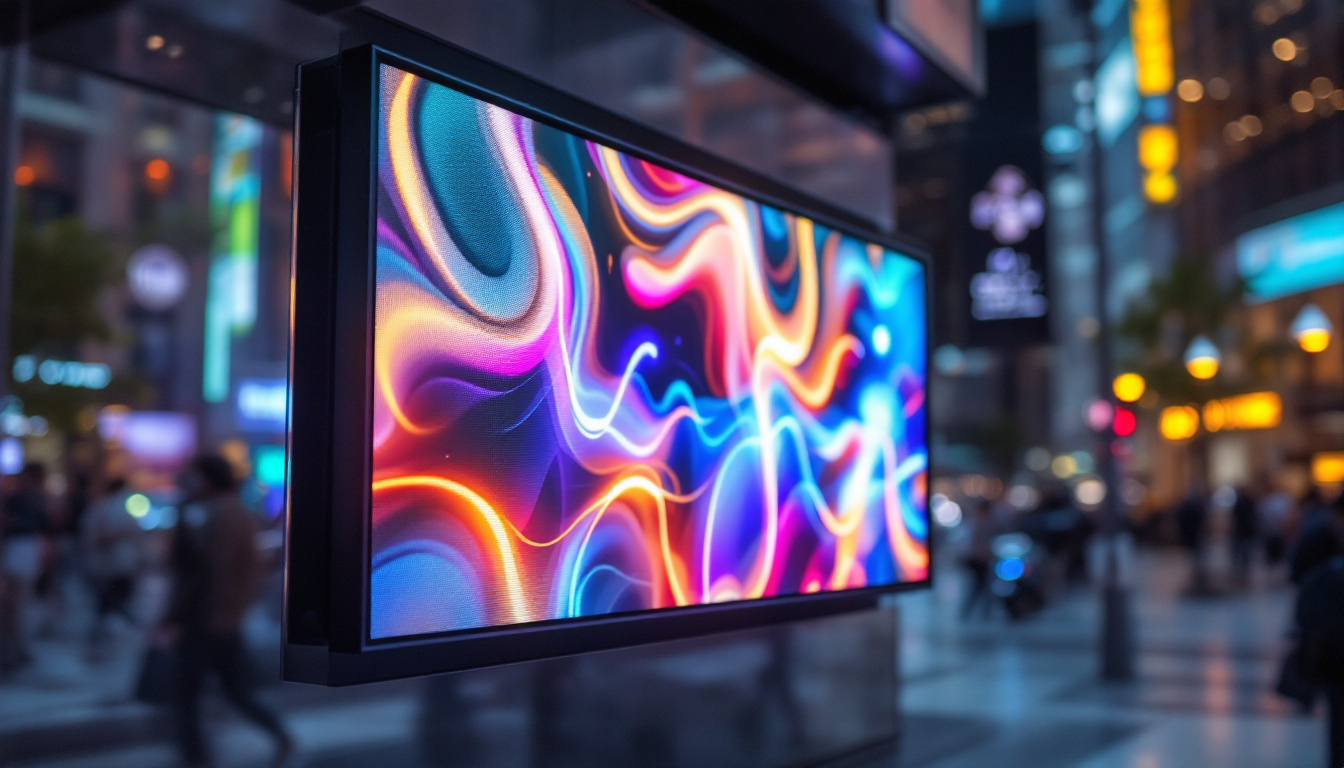In the world of retail and exhibition spaces, the importance of visual appeal cannot be overstated. showroom displays have evolved significantly over the years, with technology playing a pivotal role in enhancing customer engagement. Among the various display options available, LED displays have emerged as a popular choice. This article delves into the intricacies of LED displays, their benefits, applications, and how they can transform showroom experiences.
Understanding LED Displays
LED, or Light Emitting Diode, displays are a form of digital signage that utilizes light-emitting diodes to produce images and videos. Unlike traditional display technologies, LED displays offer superior brightness, contrast, and energy efficiency. These features make them ideal for showroom environments where capturing customer attention is crucial. In addition, LED displays can be easily integrated with various content management systems, allowing businesses to update their messaging in real-time, thus ensuring that their displays remain relevant and engaging to their audience.
How LED Displays Work
At the core of an LED display is a matrix of tiny light-emitting diodes. These diodes emit light when an electric current passes through them. The arrangement of these diodes determines the display’s resolution and image quality. Typically, LED displays are categorized into two types: direct view and backlit. Direct view displays consist of individual LEDs that form the entire screen, while backlit displays use LEDs to illuminate liquid crystal displays (LCDs) from behind. The technology behind LED displays allows for vibrant colors and sharp images, making them suitable for various applications. Furthermore, advancements in LED technology have led to the development of flexible and transparent displays, opening new avenues for creativity in showroom design. These innovations not only enhance visual appeal but also allow for unique installations that can adapt to various architectural styles and spaces.
Types of LED Displays
There are several types of LED displays tailored for different applications. The most common types include:
- Indoor LED Displays: These are designed for use in indoor environments, such as retail stores and exhibition halls. They typically have a higher pixel density, ensuring clear visuals even at close distances. Indoor displays often feature advanced color calibration technologies to maintain consistent color accuracy, which is essential for branding and marketing purposes.
- Outdoor LED Displays: Built to withstand the elements, outdoor LED displays are brighter and more durable. They are often used for advertising billboards and large-scale installations. These displays are engineered to resist water, dust, and extreme temperatures, making them reliable for year-round use. Additionally, many outdoor displays incorporate automatic brightness adjustment features that optimize visibility based on ambient light conditions.
- Transparent LED Displays: This innovative technology allows for displays that can be seen through, making them ideal for window installations without obstructing visibility. Transparent LED displays are particularly popular in retail environments, where they can showcase products while still allowing natural light to enter the space. This dual functionality enhances the shopping experience by blending digital content with the physical environment.
Benefits of LED Displays in Showrooms
Incorporating LED displays into showroom designs offers numerous advantages that can significantly enhance the shopping experience. These benefits range from improved visibility to cost-effectiveness, making LED displays a smart investment for retailers.
Enhanced Visibility and Engagement
One of the primary benefits of LED displays is their ability to capture attention. With bright, vibrant colors and high contrast, LED displays stand out even in well-lit environments. This enhanced visibility can draw customers into the showroom and encourage them to explore products further.
Moreover, LED displays can be programmed to showcase dynamic content, such as promotional videos or interactive demonstrations. This capability not only engages customers but also provides them with valuable information about products, ultimately influencing their purchasing decisions.
Energy Efficiency and Cost Savings
LED technology is renowned for its energy efficiency. Compared to traditional lighting options, LED displays consume significantly less power, leading to lower electricity bills. Additionally, their long lifespan reduces the frequency of replacements, further contributing to cost savings over time.
Retailers can also benefit from the reduced maintenance costs associated with LED displays. With fewer components that can fail and a robust design that withstands wear and tear, LED displays are a reliable choice for long-term use in showrooms.
Versatility and Customization
LED displays offer unparalleled versatility, allowing retailers to customize their displays to suit specific needs. From size and shape to content and interactivity, LED technology can be tailored to fit any showroom layout. This adaptability enables businesses to create unique and memorable experiences for their customers.
Furthermore, the ability to easily update content ensures that retailers can keep their displays fresh and relevant. Whether promoting seasonal sales or launching new products, LED displays provide a platform for timely communication with customers.
Applications of LED Displays in Showrooms
The versatility of LED displays means they can be utilized in various ways within showroom environments. Here are some common applications that showcase their potential:
Product Showcases
LED displays can be used to highlight specific products or collections within a showroom. By displaying high-resolution images or videos, retailers can provide customers with a closer look at product features and benefits. This visual storytelling can be particularly effective in industries such as fashion, electronics, and automotive.
Additionally, incorporating interactive elements, such as touchscreens or QR codes, allows customers to engage with the content further. This interactivity can lead to a deeper understanding of the products and ultimately drive sales.
Brand Storytelling
Showrooms are not just about selling products; they are also about conveying a brand’s identity and values. LED displays can be instrumental in telling a brand’s story through captivating visuals and narratives. By integrating brand videos, customer testimonials, and behind-the-scenes content, retailers can create an emotional connection with their audience.
This storytelling aspect can enhance brand loyalty and encourage repeat visits, as customers feel more connected to the brand’s mission and values.
Event Promotions and Announcements
Showrooms often host events, product launches, or special promotions. LED displays serve as an effective platform for announcing these events and attracting foot traffic. By displaying eye-catching graphics and countdown timers, retailers can create a sense of urgency and excitement around upcoming events.
Moreover, during events, LED displays can be used to showcase live feeds, social media interactions, or customer testimonials, further enhancing the overall experience for attendees.
Choosing the Right LED Display for Your Showroom
Selecting the appropriate LED display for a showroom requires careful consideration of various factors. Understanding the specific needs of the space and the intended use of the display is essential for making an informed decision.
Determining the Location and Size
The first step in choosing an LED display is to assess the showroom’s layout and the intended location for the display. Factors such as visibility, foot traffic patterns, and available space should be taken into account. For high-traffic areas, larger displays may be more effective, while smaller displays can be used in more intimate settings.
Additionally, the viewing distance plays a crucial role in determining the display size and resolution. For displays viewed from a distance, lower pixel density may suffice, while closer viewing requires higher resolution for optimal image quality.
Content Management and Flexibility
Another important consideration is the content management system (CMS) that will be used to control the LED display. A user-friendly CMS allows for easy updates and scheduling of content, ensuring that the display remains relevant and engaging.
Flexibility in content creation is also vital. Retailers should consider whether they want to showcase static images, videos, or interactive content. The chosen LED display should support the desired content formats and allow for seamless integration with other marketing tools.
Budget and Long-Term Investment
Finally, budget considerations are paramount when selecting an LED display. While the initial investment may be higher than traditional display options, the long-term benefits, including energy savings and reduced maintenance costs, should be factored into the decision.
It is advisable to evaluate the total cost of ownership over the display’s lifespan, rather than focusing solely on upfront costs. This approach ensures that retailers make a sound investment that will yield returns over time.
Future Trends in LED Display Technology
The LED display industry is continuously evolving, with new technologies and trends emerging regularly. Staying informed about these developments can help retailers make strategic decisions for their showrooms.
Advancements in Display Quality
As technology progresses, the quality of LED displays is expected to improve further. Innovations such as microLED and miniLED technologies promise to deliver even higher resolutions and better color accuracy. These advancements will enable retailers to create stunning visuals that captivate customers and enhance the overall shopping experience.
Integration with Augmented Reality (AR)
Another exciting trend is the integration of LED displays with augmented reality (AR) technology. This combination allows for interactive experiences that can engage customers in new ways. For instance, customers could use AR applications to visualize how products would look in their homes or try on virtual clothing using LED displays.
This immersive experience can significantly enhance customer engagement and drive sales, making it an exciting avenue for retailers to explore.
Sustainability and Eco-Friendly Practices
As sustainability becomes a growing concern for consumers, the LED display industry is also focusing on eco-friendly practices. Manufacturers are working to create displays that are more energy-efficient and made from recyclable materials. Retailers can benefit from adopting these sustainable solutions, as they align with consumer values and contribute to a positive brand image.
Conclusion
LED displays have transformed the landscape of showroom displays, offering retailers a powerful tool for engaging customers and enhancing their shopping experience. With their vibrant visuals, energy efficiency, and versatility, LED displays are an investment that can yield significant returns.
By understanding the various types of LED displays, their benefits, and applications, retailers can make informed decisions that align with their brand goals. As technology continues to evolve, staying abreast of trends and advancements will ensure that showrooms remain innovative and captivating.
Incorporating LED displays into showroom designs is not merely a trend; it is a strategic move that can elevate brand presence and drive sales in an increasingly competitive retail environment. The future of showroom displays is bright, and LED technology is at the forefront of this evolution.
Discover LumenMatrix LED Display Solutions
Ready to elevate your showroom experience with the latest in LED display technology? Look no further than LumenMatrix, where innovation meets visual brilliance. Our diverse range of LED display modules, from the vibrant Indoor LED Wall Display to the dynamic Outdoor LED Wall Display, and from the versatile Vehicle LED Display to the sleek LED Poster Display, is designed to captivate and engage your audience. Embrace the future of visual communication with LumenMatrix and transform your space into a beacon of brand storytelling and customer interaction. Check out LumenMatrix LED Display Solutions today and bring your brand’s message to life with clarity and impact.

